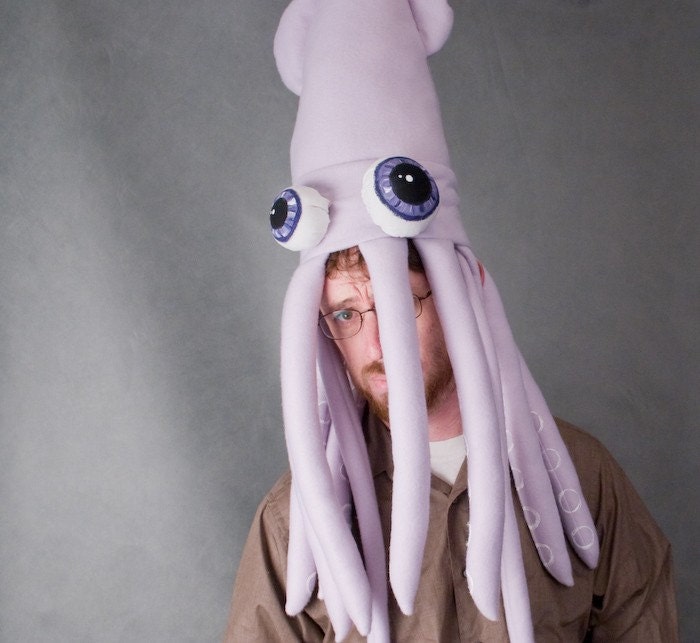 Greenpeace dropped 3 ton granite slabs in the North Sea yesterday
Greenpeace dropped 3 ton granite slabs in the North Sea yesterday, in an effort to block fishing boats from dragging nets on the ocean bottom.
Greenpeace has crossed a line in my view, going too far in their zeal to protect ocean fish. Greenpeace should not have decided on their own to disturb ocean bottom habitats by dumping rocks, based on a misguided notion that the end (stopping fishing) justifies the means.
The Greenpeace action is reminiscent of the
tree spiking wars from the Pacific northwest a few years back, when activists placed spikes in trees in an attempt to stop logging. Ultimately, almost everyone denounced tree spiking, even manhy early proponents of this so-called "natural defense" strategy for trees.
This is
ecosabotage, a deliberate action aimed at weakening activities thought to be ecologically harmful, through subversion, obstruction, disruption, and/or destruction.
Why did Greenpeace dump granite blocks on the ocean? According to
Greenpeace: The Sylt Outer Reef is home to an abundance of sea life and is a popular fishing ground. Although the reef is designated as a ‘Special Area of Conservation’ by the EU, highly destructive fishing practices such as bottom trawling and sand and gravel extraction are permitted. This is decimating the marine life that inhabits the area, including well known fish species such as plaice and sole, and destroying the reef. By strategically placing granite rocks, Greenpeace intends to protect this ecologically diverse area from destructive practices including bottom trawling.
Is ecosabotage justifiable, or did Greenpeace forfeit any moral high ground that may have been held by conservationists?
One response is that German fishermen condemned Greenpeace, saying the rocks could damage fishing boats and even endanger human life. "We believe what they've done is illegal and risks the lives of fishermen,"
Peter Breckling, general secretary of the German Fishing Association, told Reuters. He denied German fishermen used nets in the area and insisted the reef was not in danger.
I don't like ecosabotage, it tends to polarize issues and turn off people who might otherwise support conservation. I doubt this action will be effective in stopping fishing, and if it does work it's equivalent to taking the law into one's own hands, which is a very slippery slope leading towards very bad things.
Did Greenpeace actually harm ocean ecosystems by placing non-natural materials in a Marine Protected Area, home to rich marine life? Greenpeace says no harm was done, but this action created outlaw artificial reefs with unknown impacts to natural ecosystems in the area.
Greenpeace denied suggestions it might be damaging marine life by dropping the rocks on the seabed. "We have a very clear knowledge of this and are placing the stones next to the old reef, effectively extending it. There is no damage," Greenpeace oceans campaigner Iris Menn told Reuters.
I've done a lot of ocean bottom research, and I don't believe that Greenpeace can be sure no harm was done. It's impossible to map the ocean bottom so precisely and dump huge blocks so carefully as to avoid all damage. Even if nothing was crushed, this action replaces natural habitas with artificial habitats. Greenpeace is doing disruptive habitat alteration with inadequate attention paid to likely biological impacts since there was no chance for the public to comment prior to the action. This is a surprising thing for a conservation group to do, since we often complain when such things are done by governments.
Ironically, if the boulders were placed on sand (a common habitat in the area), the ultimate result may be that the blocks end up buried or sunken into the sediment, and turn into an expensive
nothingburger.
How about the claim by some that
ecosabotage is terrorism? This is going too far, and is about as credible as the 2005 film
Severed, in which tree spiking turns loggers and activists into scary zombies that go on a rampage and attack people.
I contacted some Greenpeace staff to get their comments on this action and my views, but I didn't get a response within a couple of hours. I've offered Greenpeace a chance to respond in a future post.
How about you readers? This is a subject that deserves a rousing discussion.
 Hello Mr. Sturgeon, how are you today? (see photo at left) You're looking just about as fine and healthy as the Columbia River you call home.
Hello Mr. Sturgeon, how are you today? (see photo at left) You're looking just about as fine and healthy as the Columbia River you call home. 
























